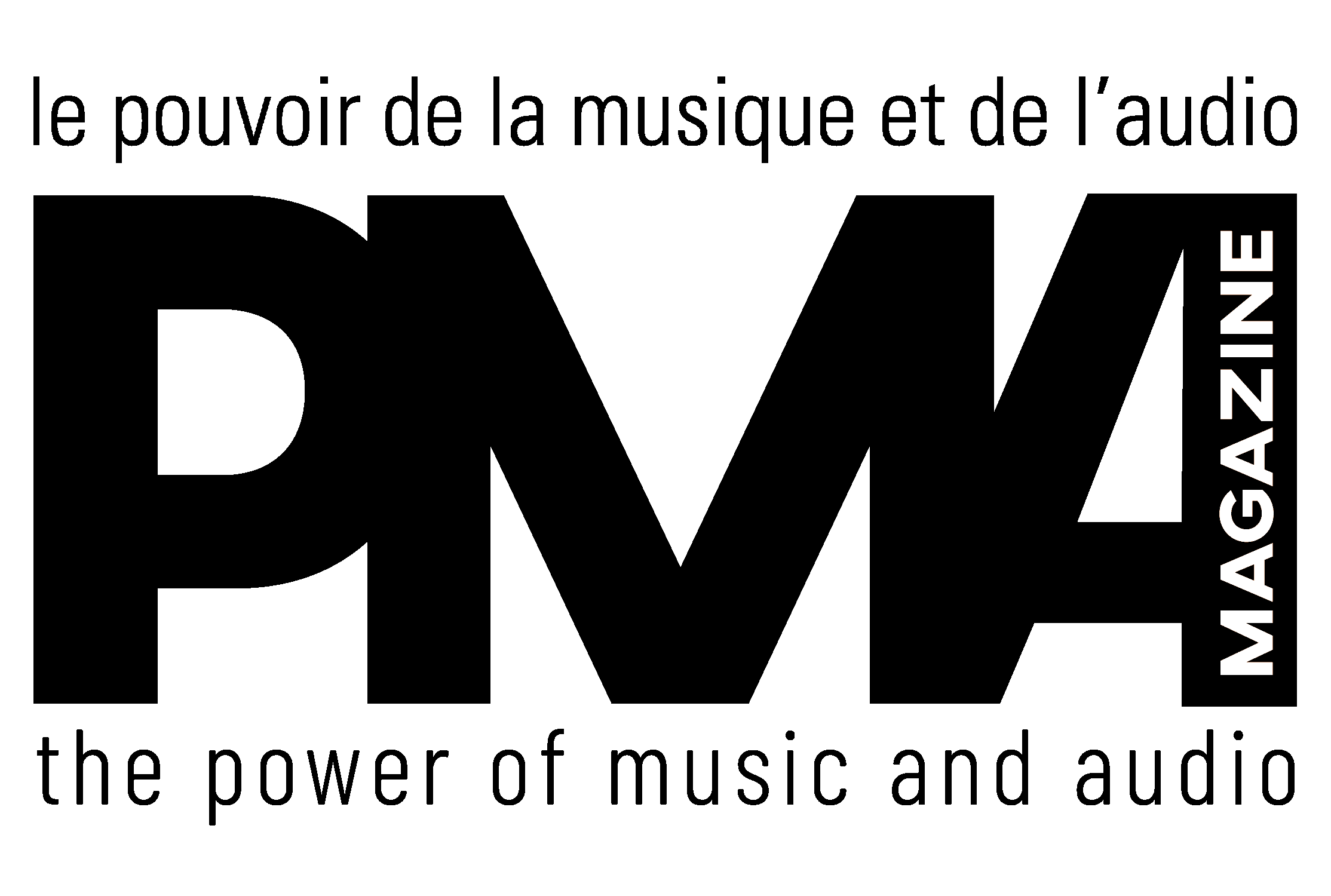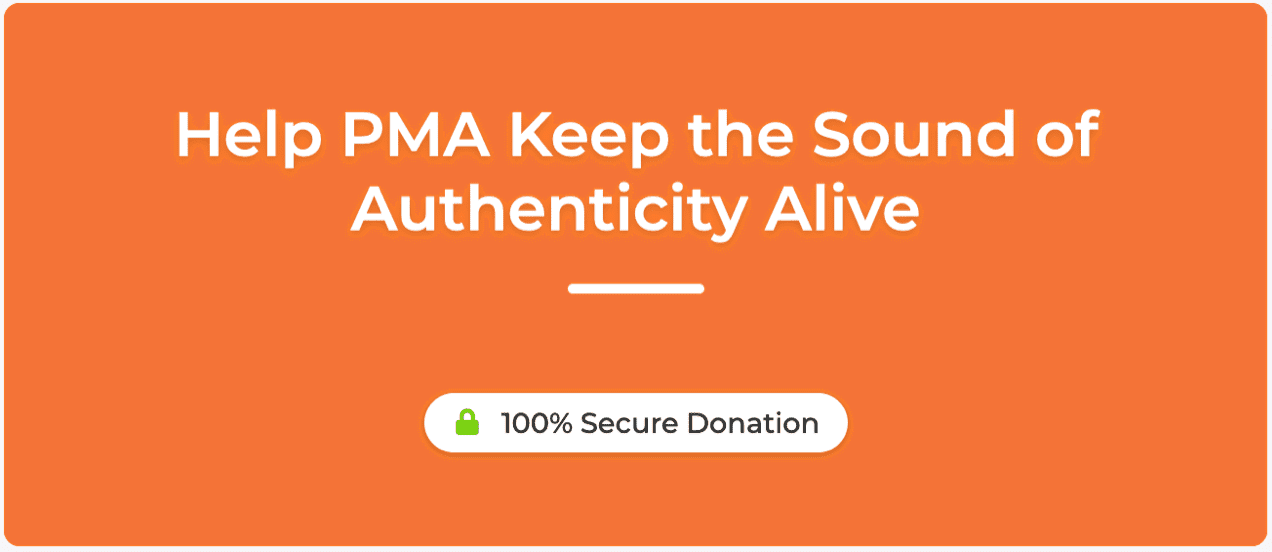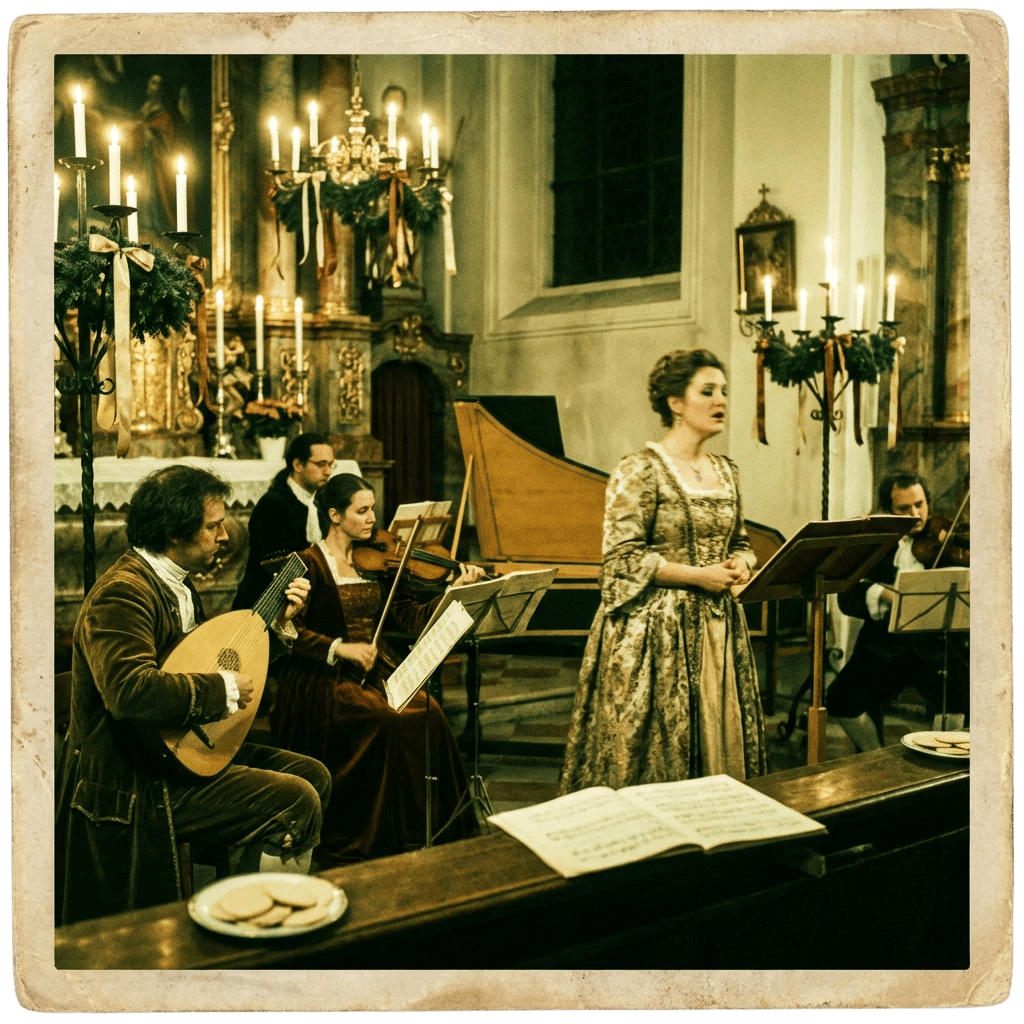
PREAMBLE
In this mini-series, I wanted to reflect on happy times through summer songs—or songs that convey that special summer feeling. They’re posted in order of their release dates. To keep things light and flowing, I mostly steered clear of discussing sound quality. So dole out the sunscreen and strap on the sunglasses—we’re in for some fun, fun, fun in the summer sun!
1- Percy Faith – “Theme from A Summer Place“. Columbia – 4-41490 (1959, Sept.), 45 rpm. Genre: easy listening, mood music.
Born in Toronto, Ontario, before moving to Chicago, Illinois, composer, conductor, bandleader, and orchestrator Percy Faith is best known for his instrumental orchestral version of “Theme from A Summer Place.” Contrary to what one might expect, he did not compose it. That credit goes to Max Steiner, the famous ‘father of film music,’ who was the mind behind what is arguably the best-known easy listening—a.k.a. mood music—track ever produced.
Interestingly, while the theme appears in the film, it is not considered the main title theme. Regardless, even after more than half a century, Faith’s version of this iconic summer classic sounds as fresh today as it did in that more innocent time. I’m sure Molly and Johnny would agree.
2- The Surfaris – “Surfer Joe” / “Wipe Out” DFS–11/12 (1963, Jan.) – Wipe Out. Dot Records – DLP 3535 (mono) (1963, July), 33 1/3 rpm. Genre: surf rock.
Beginning in the 1960s, surf rock emerged from the ocean, crashing onto California beaches and radio waves alike. Mixing Middle Eastern and Mexican influences with a healthy dose of reverb, guitarist Dick Dale and the Del-Tones laid the foundation for this twangy subgenre with their single “Let’s Go Trippin’” in 1961 and debut album Surfer’s Choice [Deltone Records LPM 1001] in November 1962.
The Surfaris, from Glendora, California, scored their first and biggest instrumental hit with “Wipe Out.” Fun fact: when the original single was released in January 1963, “Wipe Out” was tucked away on side B as an afterthought; “Surfer Joe” on side A was expected to be the breakout. Turns out the reverse was true.
Interestingly, only “Wipe Out” and “Surfer Joe” on the Wipe Out album were actually performed by The Surfaris; the rest of the songs were recorded by members of The Challengers and other studio musicians. The title track’s recurring drum solos and distinctive guitar riff are unforgettable. Paul Buff engineered it at Pal Recording Studio in Cucamonga, California.

The mono version is the one to get—the stereo sounds fake. The Ventures’ cover version on their album Let’s Go [Dolton Records BST-8024] is also worth checking out.
3- Martha and the Vandellas – “Heat Wave” (1963, July) – Heat Wave. Gordy – GLP 907 (mono) (1963, Sept.), 33 1/3 rpm. Genre: ‘Motown sound’, pop.
Founded by Berry Gordy in 1959, Motown didn’t truly ignite until 1963, when ‘The Motown Sound’, aka ‘The Sound of Young America,’ rose from the flames of the Motor City as Martha and the Vandellas’ smash hit “Heat Wave” lit the fuse. First released in July of that year, the chart-topping single sent a strong signal that summer had officially arrived.
The rest of the self-titled LP is filled with forgettable covers of then-current pop songs. Produced by Holland & Dozier, the album was originally issued only in mono, while a stereo version [Gordy GS 907] followed in January 1966.
Recorded in Studio A at Hitsville U.S.A. in Detroit, Martha Reeves is accompanied by Vandellas members Rosalind Ashford and Annette Beard, with instrumentation by the Funk Brothers. The trio would go on to enjoy further success between 1964 and 1967 with other big hits like “Dancing in the Street“, “Nowhere to Run“, and “Jimmy Mack“, to name a few.
All the leaves are brown and the sky is gray…
4- The Mamas and the Papas – “California Dreamin’ ” (1965, Dec.) – If You Can Believe Your Eyes and Ears. Dunhill – DS-50006 (1966, Feb.), 33 1/3 rpm. Genre: California sound, sunshine pop, folk rock.
Released ‘on a winter’s day,’ “California Dreamin’” longs for a sunny day—which explains my rationale for including it as a ‘summer-sounding song.’ Originally written by John and Michelle Phillips in 1963, both Barry McGuire and the Mamas and the Papas sang their own interpretation based on the same instrumental backing track provided by members of the Wrecking Crew. Produced by Lou Adler, head of Dunhill Records, the latter version—featuring the Phillipses and Cass Elliot on harmony and Denny Doherty on lead—is, of course, the best-known. Jazz musician Bud Shank contributed the famous flute solo.
The album If You Can Believe Your Eyes and Ears also includes their second-biggest hit, “Monday, Monday.” Engineered by Bones Howe, it was recorded at United Western Recorders in Hollywood.
5- The Lovin’ Spoonful – “Summer in the City” (1966, July) – Hums of the Lovin’ Spoonful. Kama Sutra – KLPS-8054 (1966, Nov.), 33 1/3 rpm. Genre: ‘hard-edge’ pop, psychedelic pop.
The Lovin’ Spoonful’s “Summer in the City” is often cited as the all-time number one summertime single. Led by singer and songwriter John Sebastian, the American-Canadian folk rock group had their debut, and breakthrough, single, “Do You Believe in Magic,” in July 1965. Released a year later, “Summer in the City” marked the peak of their chart success.
The song stands out for its use of sound effects that mimic the noises of city life—car horns and jackhammers—introduced halfway through the track. Additionally, a blend of major and predominantly minor keys adds a harder-edged, slightly aggressive feel (for the time), differentiating it from the more laid-back competition. Produced by Erik Jacobsen and recorded by Roy Halee at Columbia’s 7th Avenue studio in New York City, it stands out a concise, timeless ’60s classic.
6- The Beach Boys – “Wouldn’t It Be Nice” (1966, July) – Pet Sounds. Capitol Records – T2458 (mono) (1966, May), DCC LPZ-2006 (1995), 33 1/3 rpm. Genre: chamber pop, psychedelic pop, power pop, experimental pop.
It wouldn’t be a summer-song list without the inclusion of at least one or two Beach Boys/Brian Wilson tracks. Long past their early days of surf and hot rod rock, America’s darlings eventually ventured into psychedelia and experimental pop, first with Pet Sounds in July 1966, and later that October with the follow-up single “Good Vibrations.” Both releases not only influenced the Beatles but were also influenced by them, clear evidence of their respect for each other.
Wilson set out to one-up the Fab Four, and Pet Sounds set the bar with tracks like “Don’t Talk (Put Your Head on My Shoulder),” “God Only Knows,” and the opener, “Wouldn’t It Be Nice.” Despite costing a fortune to make—$70,000 at the time, roughly ten times that amount in today’s money—and taking ten months of painstaking studio work, the album was not initially a commercial hit. Its reception was overshadowed in part by the Beatles’ continued dominance in the public eye and press.
Of course, with time, especially since the 1990s, Pet Sounds has been recognized with near-unanimous acclaim as one of the most influential pop albums of all time.
The album was produced by Brian Wilson, and recorded by chief engineer Chuck Britz alongside Bruce Botnick, Larry Levine, and H. Bowen David at Western, Gold Star, and Sunset Sound studios in Hollywood. Upon release, no true stereo version existed; listeners had to choose between the mono mix and Capitol’s so-called “Duophonic” version—fake stereo, or what they called their ‘electronically re-channeled for stereo’ process. The 1995 DCC remaster by Steve Hoffman and Kevin Gray used the original mono master.
Click here to read The Most Iconic Summer Songs of All Time, Part 2.
For more from Claude Lemaire visit…
http://soundevaluations.blogspot.ca/
Reference List (Singles, albums, and labels):
1- Percy Faith – “Theme from A Summer Place.”
Columbia – 4-41490 (1959, Sept.), 45 rpm. Genre: easy listening, mood music.
2- The Surfaris – “Surfer Joe” / “Wipe Out” DFS–11/12 (1963, Jan.) – Wipe Out.
Dot Records – DLP 3535 (mono) (1963, July), 33 1/3 rpm. Genre: surf rock.
3- Martha and the Vandellas – “Heat Wave” (1963, July) – Heat Wave.
Gordy – GLP 907 (mono) (1963, Sept.), 33 1/3 rpm. Genre: ‘Motown sound’, pop.
4- The Mamas and the Papas – “California Dreamin’ ” (1965, Dec.) – If You Can Believe Your Eyes and Ears.
Dunhill – DS-50006 (1966, Feb.), 33 1/3 rpm. Genre: California sound, sunshine pop, folk rock.
5- The Lovin’ Spoonful – “Summer in the City” (1966, July) – Hums of the Lovin’ Spoonful.
Kama Sutra – KLPS-8054 (1966, Nov.), 33 1/3 rpm. Genre: ‘hard-edge’ pop, psychedelic pop.
6- The Beach Boys – “Wouldn’t It Be Nice” (1966, July) – Pet Sounds.
Capitol Records – T2458 (mono) (1966, May), DCC LPZ-2006 (1995), 33 1/3 rpm. Genre: chamber pop, psychedelic pop, power pop, experimental pop.




































Leave a Reply